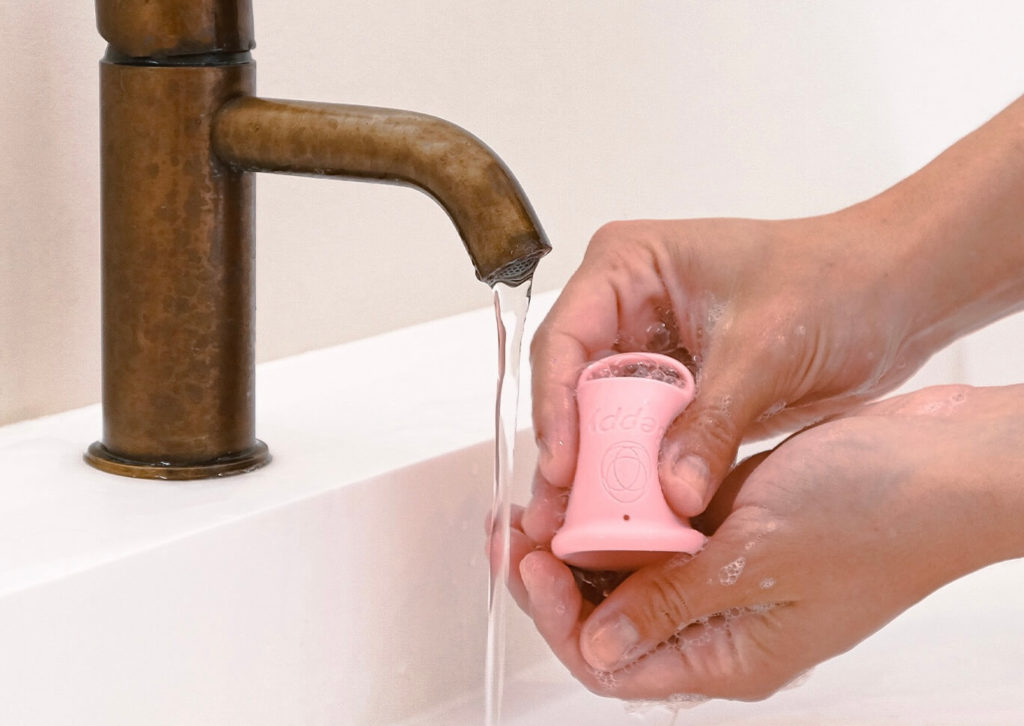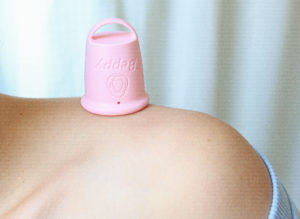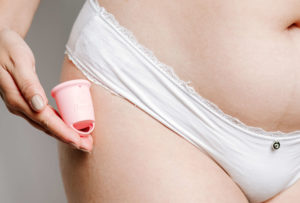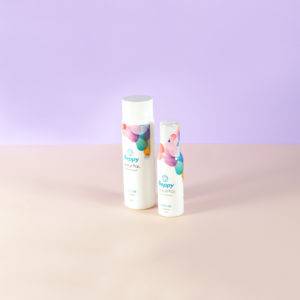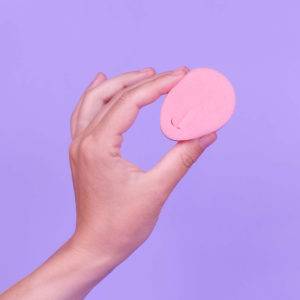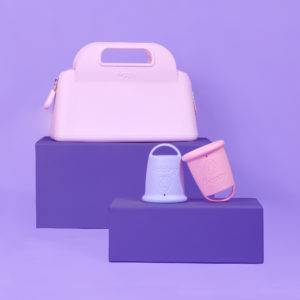Now that you are familiar with these period products and are a frequent user, you are probably wondering: how to sterilize a menstrual cup? Unlike previous methods (such as tampons and pads), the menstrual cup was created as a durable and reusable product. This is one of the reasons why it is so popular nowadays. However, it’s very important to know how to sterilize it to avoid any discomfort and/or complications and enjoy its benefits to the fullest. Here’s how to do it.
The first step to take into account to be sure that you are safe and healthy when using a menstrual cup is to check that the material is really made of medical grade silicone and of a good quality. This is extremely important, as it considerably reduces the possibility of bacteria proliferation on its surface. At the same time, it ensures and protects you from infections, fungi and diseases by remaining as antiseptic as possible.
The next step should be taken whenever you are going to insert the cup into your vaginal canal. You should be aware that even though the material of your menstrual cup is the highest quality medical silicone, air, along with contact with other surfaces, may allow some bacteria to grow on the surface. Sterilizing the cup ensures that even in such cases (or in much more delicate cases, such as if you drop the cup on the floor in a public toilet), the menstrual cup is safe to use again.
To do this, you should choose a special pot in which you put enough water to almost cover your menstrual cup. This container can be a small ceramic-lined pot, a heat-resistant bowl, or a steam steriliser cup (ideally, do not use this container for anything other than sterilizing your cup). The next step is to boil the water and then place the cup in it. If it’s a sterilizing cup, just follow the instructions, which usually state to leave the cup in for the entire cycle, as the steam will clean it.
We suggest that you do not leave the cup in the pot with high heat, as you run the risk of melting it if the water dries out. Prolonged high temperatures can even deteriorate the silicone over time, damaging your cup prematurely. Also, once the water reaches boiling point, it only takes a couple of minutes on low heat for the temperature to sterilize the surface. Once you have sterilised it with boiling water or steam, you can let it cool to room temperature or, if you are in a hurry, run it under cold water.
For those moments in which you are not home and can’t use boiling water, you can wash the menstrual cup with intimate soap that maintains the pH of your vagina. For these cases, remember to use plenty of water when rinsing. While this process doesn’t replace heat sterilization, it does help keep the surface of the cup free of bacteria until you can return home and properly clean it.
Finally, you can wash your menstrual cup with a few drops of hydrogen peroxide and baking soda to remove stains. You can put a spoonful in hot water or even soak it in pure hydrogen peroxide to completely remove the stains. The latter shouldn’t be repeated more than twice a year, as it decreases the lifespan of your cup. Ideally, you should do this process at the end of each cycle, so that it retains its original colour for longer. We hope this information has been very useful and that you can clean and sterilize your menstrual cup quickly and easily.
